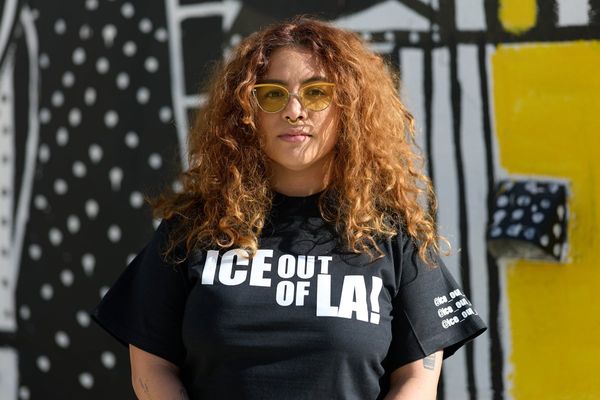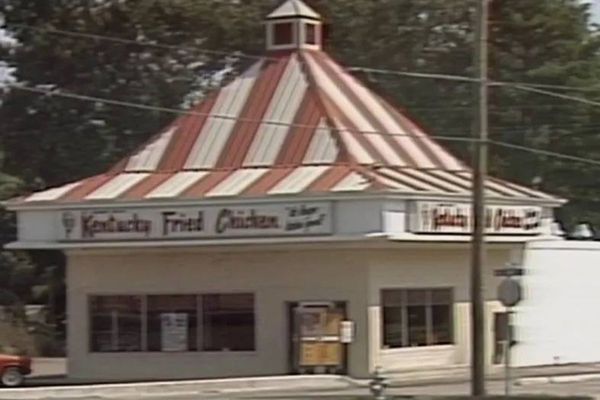
Modern grocery shopping is often a high-tech, high-stress experience. You navigate crowded aisles with a smartphone and face an overwhelming wall of choices. Then you get to play cashier at the self-checkout. While it’s efficient, it often feels cold and impersonal. But what if it were different? Let’s take a trip back in time to explore the charming world of grocery shopping in the ‘70s. You’ll discover some weirdly amazing things you’ll wish we could bring back today.
Full-Service Butchers and Deli Counters
First, forget grabbing a plastic-wrapped tray of meat. In the ‘70s, you went to the butcher, who knew your name and how you liked your steaks cut. You could also ask for advice on how to cook a roast. The same went for the deli, where they sliced your cold cuts to perfection. This personalized service created a connection. In short, it turned a simple transaction into a human interaction.
The Magic of S&H Green Stamps
Long before digital rewards points, there were S&H Green Stamps. After your purchase, the cashier would hand you a string of these little stamps. You’d take them home, lick them, and fill up booklets. Once you had enough, you could redeem them for items in a catalog. It felt like a real treasure hunt. Indeed, the anticipation of saving up for a new toaster added a layer of fun to every shopping trip.
No Barcodes, Just Price Guns
The satisfying *ka-chunk* of a price gun was the soundtrack of the ‘70s checkout. Every single item was priced by hand with a sticker, which meant no scanners and no beeps. The cashier had to manually type each price into the register. While it might sound slow today, the process felt more tactile and deliberate. There was a certain charm in seeing that little white sticker on every can.
Glass Bottles with Deposit Returns
In many ways, sustainability was built into the system. Milk, soda, and beer often came in heavy glass bottles. You’d pay a small deposit for the bottle when you bought it. After you finished the drink, you’d rinse the bottle and bring it back to the store to get your deposit back. This simple practice encouraged recycling and reduced waste. It was a practical solution that just made sense.
In-Store Games and Giveaways
Another fun aspect of grocery shopping in the ‘70s was the entertainment. Stores ran all sorts of games and promotions, so you might get a scratch-off card that could win you a discount. Some stores had bingo-style games that ran for weeks. These simple contests added a bit of excitement to a routine chore. In fact, they made you feel like you might get lucky on any given trip.
Fewer Choices, Less Decision Fatigue
Today, you can find 50 different types of olive oil. In the ‘70s, however, you might have had only two or three choices. This wasn’t a bad thing; it actually eliminated decision fatigue. You could get your shopping done faster without agonizing over which brand to buy. The limited selection simplified life. Ultimately, it freed up mental energy for more important things.
Simple, Recognizable Ingredients
Food labels were a lot shorter back then. For instance, you’d see words like flour, sugar, and eggs. You were less likely to find a long list of chemical preservatives and artificial additives. Food was, in many ways, simpler and more whole. This era predated the rise of complex processed foods, so it was easier to know exactly what you were feeding your family.
Bagging Your Groceries Was an Art Form
There were no flimsy plastic bags. Instead, your groceries were packed carefully into sturdy paper bags. The baggers were masters of their craft, as they knew how to place the cans on the bottom and the bread on top. There was a real skill to it. Your groceries were packed with care, which ensured they made it home in one piece.
A Real Sense of Community
Grocery stores were also community hubs. You’d run into your neighbors in the aisles and catch up on local news. The cashiers and store managers were familiar faces who remembered you. This created a sense of belonging that is often missing from today’s large, anonymous supermarkets. It was more than just a place to buy food; it was a part of the neighborhood fabric.
Generic “No-Name” Brands Were Revolutionary
Finally, the late ‘70s saw the rise of generic products. They came in stark white packaging with plain black letters that simply said “BEER” or “PEAS”. This was a revolutionary concept because it stripped away the marketing. It offered a no-frills, low-cost alternative to brand names. It was a bold statement about value and a unique feature of grocery shopping in the ‘70s.
Simplicity Held Its Own Magic
Looking back, grocery shopping in the ‘70s was about more than just buying food. It was about community, connection, and a simpler way of life. While we’ve gained convenience, we may have lost a bit of the human element. The charm of that era reminds us that sometimes, less truly is more. It was a time when a trip to the store was a genuine experience.
What do you miss most about the way things used to be? Share your memories in the comments!
What to Read Next…
- 5 Reasons Seniors Fear Grocery Apps That Do “Autonomous Checkout” Too Much
- What Grocery Store Habit Could Accidentally Invalidate Your Power of Attorney?
- The Hidden Costs of Grocery Delivery You’re Not Thinking About
- 10 Everyday Places Criminals Target Without You Noticing
- 10 Money Habits That Are Making You Poor—Here’s How to Change Them
The post 10 Weirdly Amazing Things About Grocery Shopping in the ‘70s You’ll Wish Came Back appeared first on Budget and the Bees.







